
As long as rainclouds aren’t obstructing the view, people across the United States will be able to look up Thursday afternoon to witness the moon cover part of the sun in a rare partial solar eclipse.
According to Weather.com, nearly all of North America, barring part of Canada and New England, will be able to see the display. Sky and Telescope has a list of when the eclipse will be visible in different major cities. The partial solar eclipse will be viewable in New York beginning at 5:49 p.m. and peaking at 6:03, though skywatchers on the west coast will get the best show — the eclipse begins in Los Angeles at 2:08 p.m. and hit its peak midway point at 3:28 p.m. local time.
Here’s a map that tracks eclipse visibility:
While there will be another partial solar eclipse Aug. 21, 2017, Business Insider reports there won’t be another that is visible to the entire country until 2023. So maybe step outside — but take precautions.
“Looking directly at the Sun is harmful to your eyes at any time, partial eclipse or no,” says Sky and Telescope’s Alan MacRobert. “The only reason a partial eclipse is dangerous is that it prompts people to gaze at the Sun, something they wouldn’t normally do. The result can be temporary or permanent blurred vision or blind spots at the center of your view.”
See the Astronomical League's Most Beautiful Photos from 2014
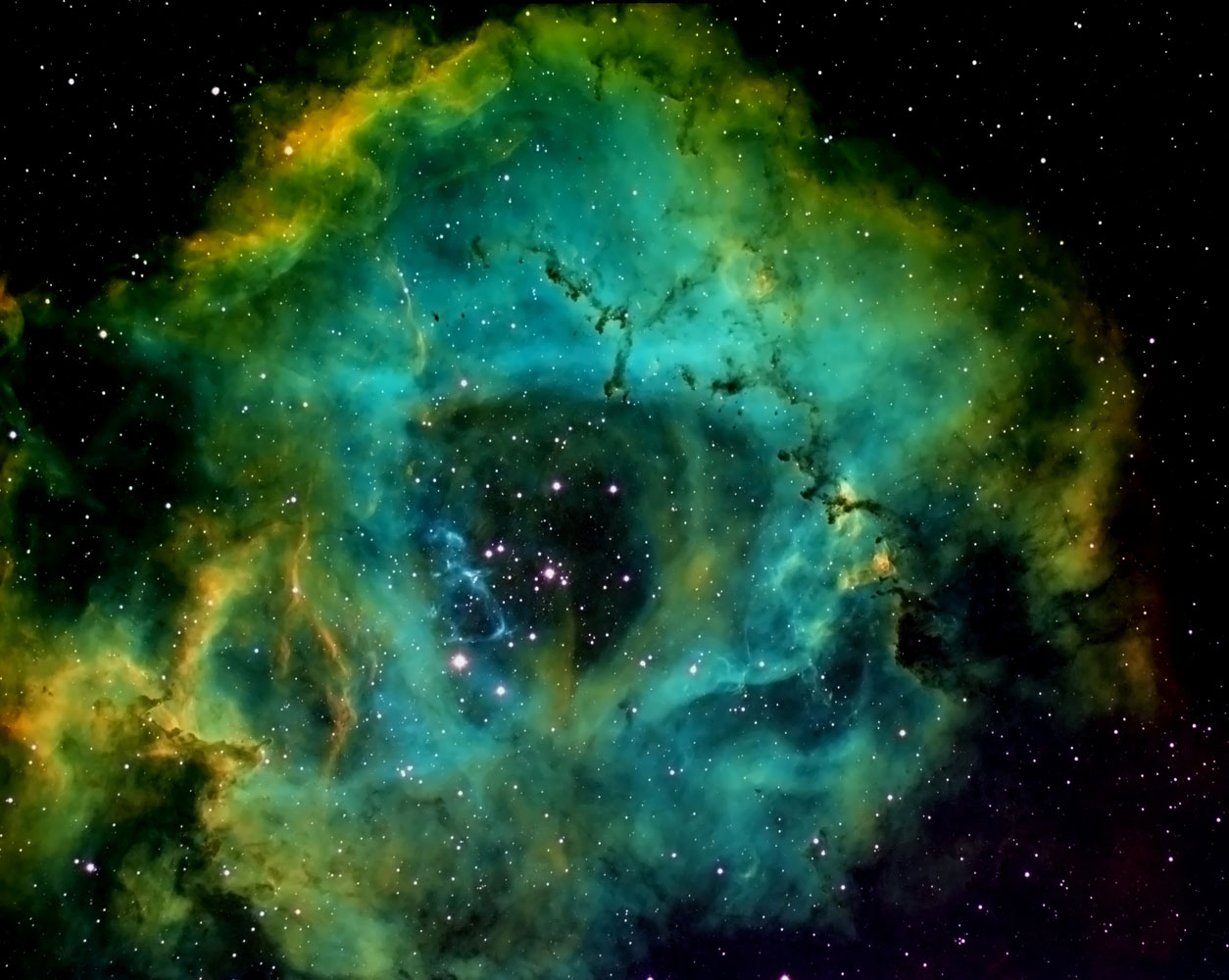

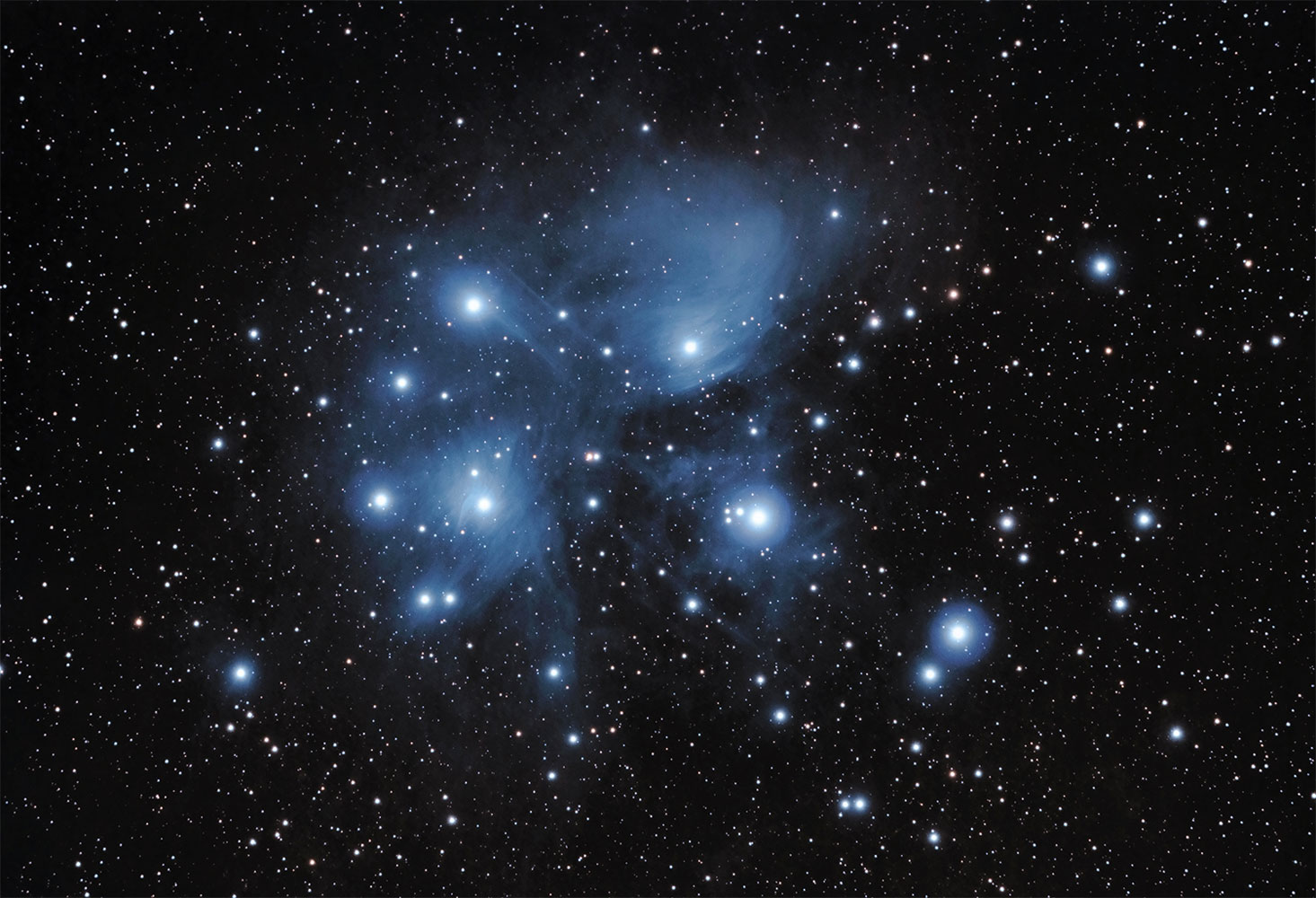
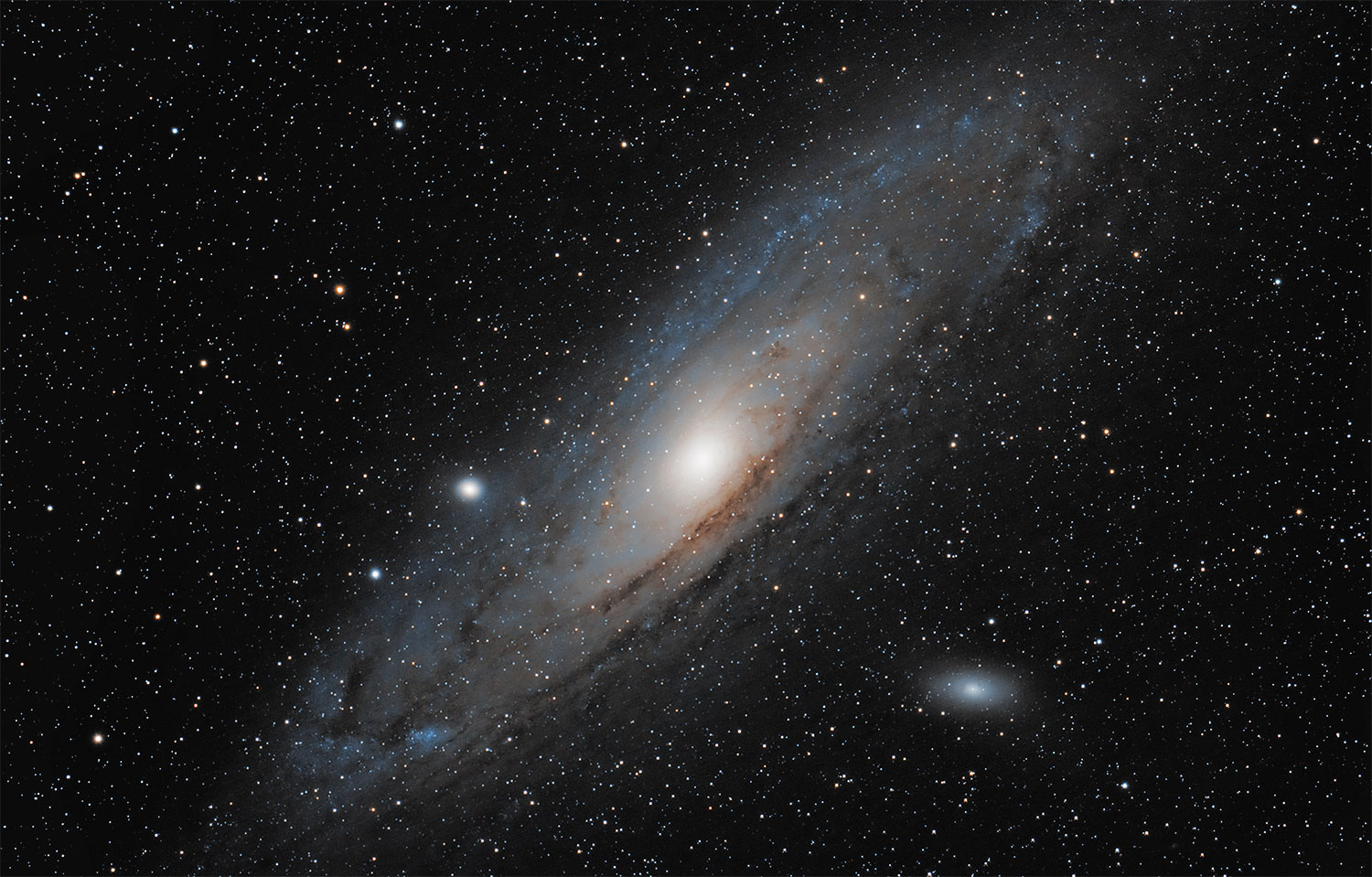

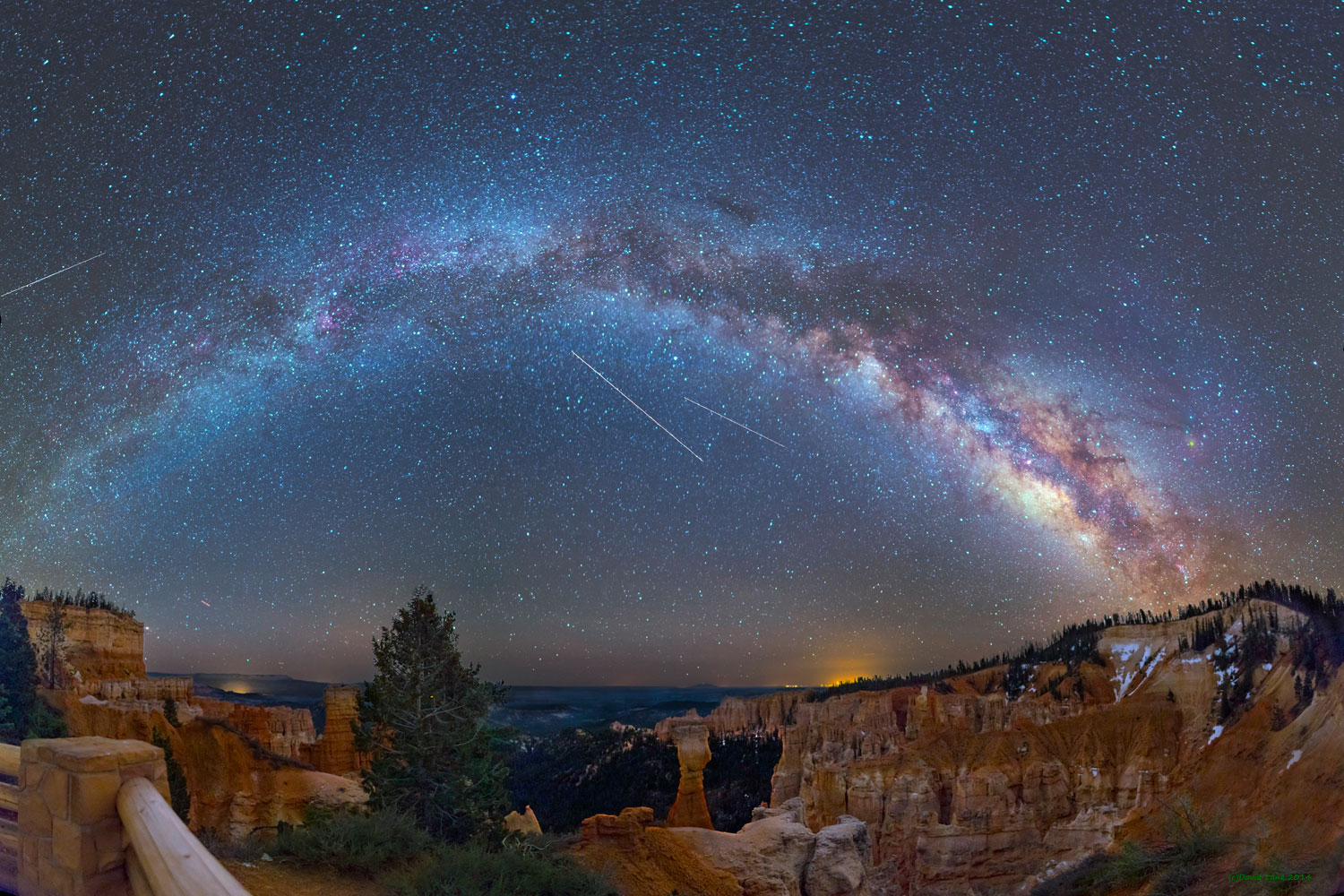

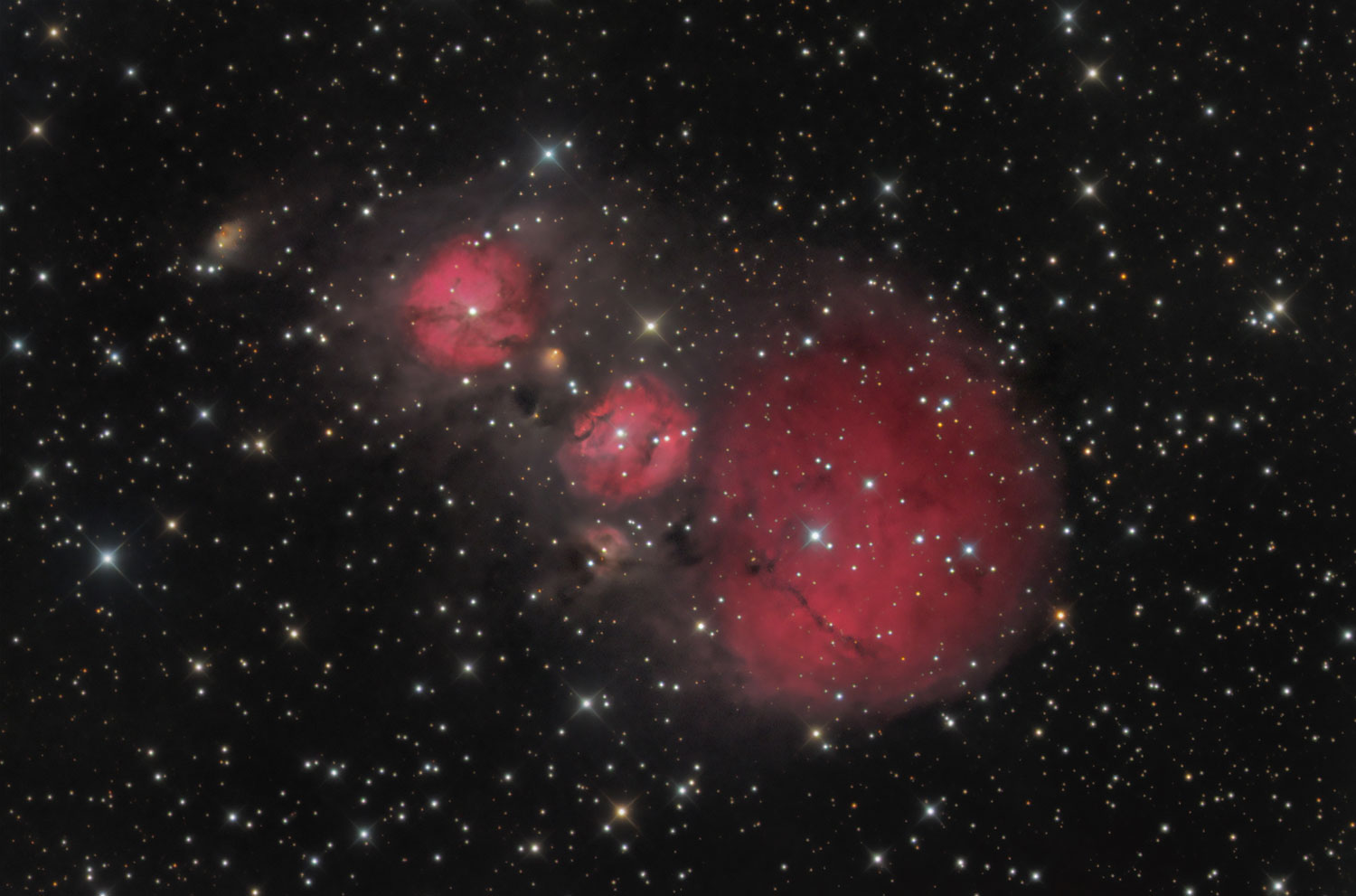
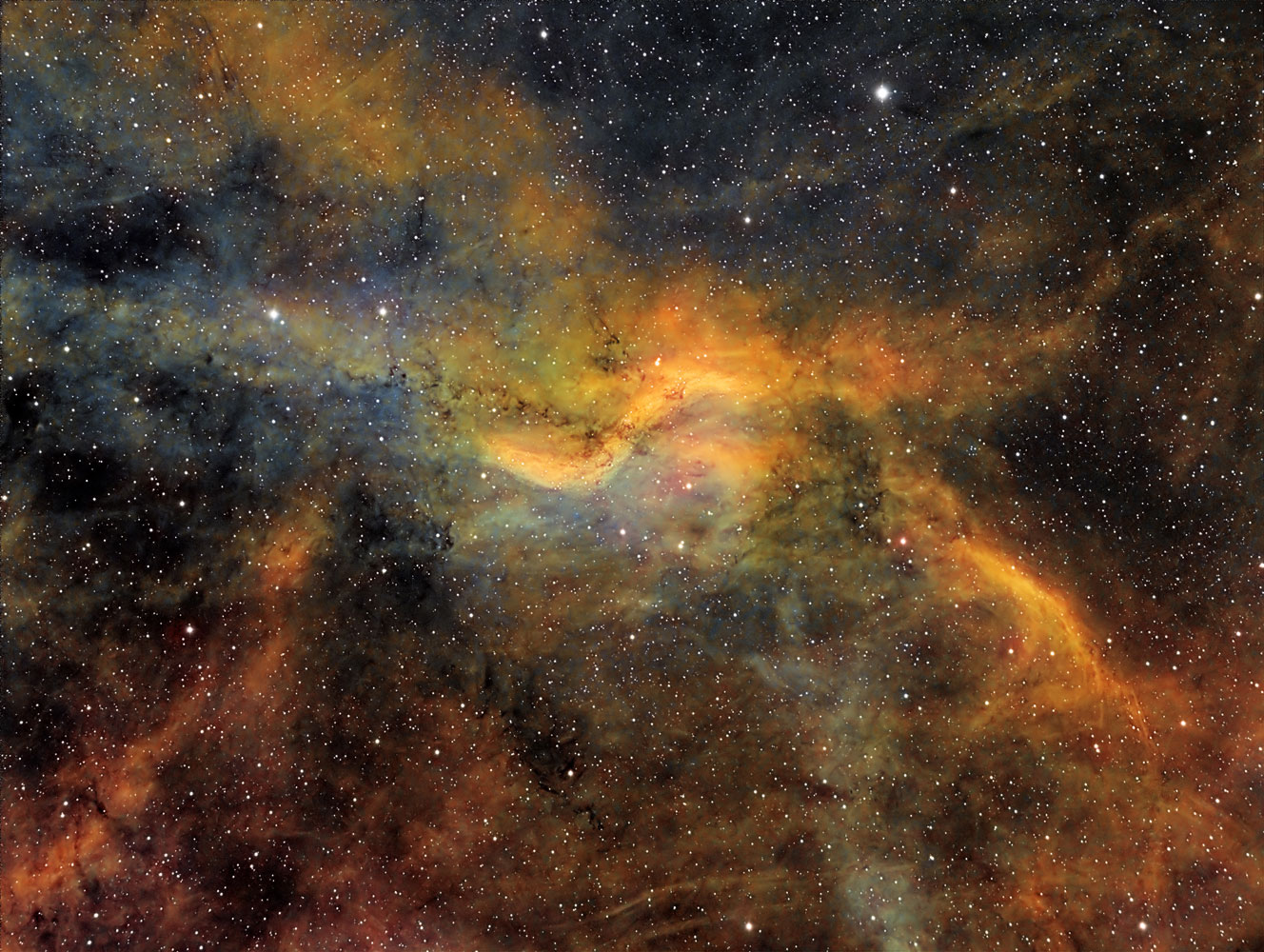
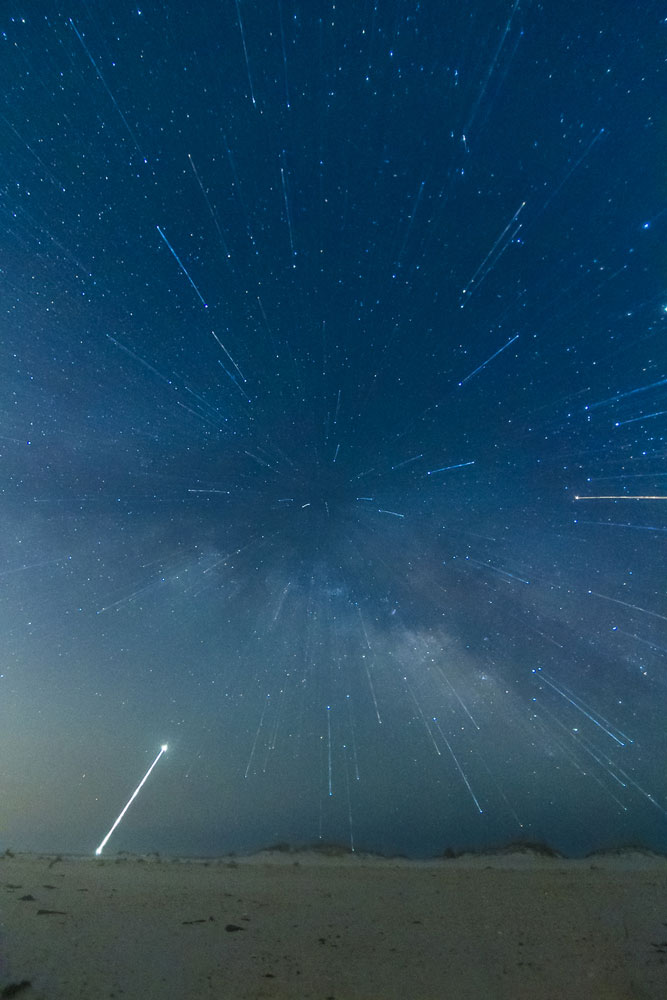
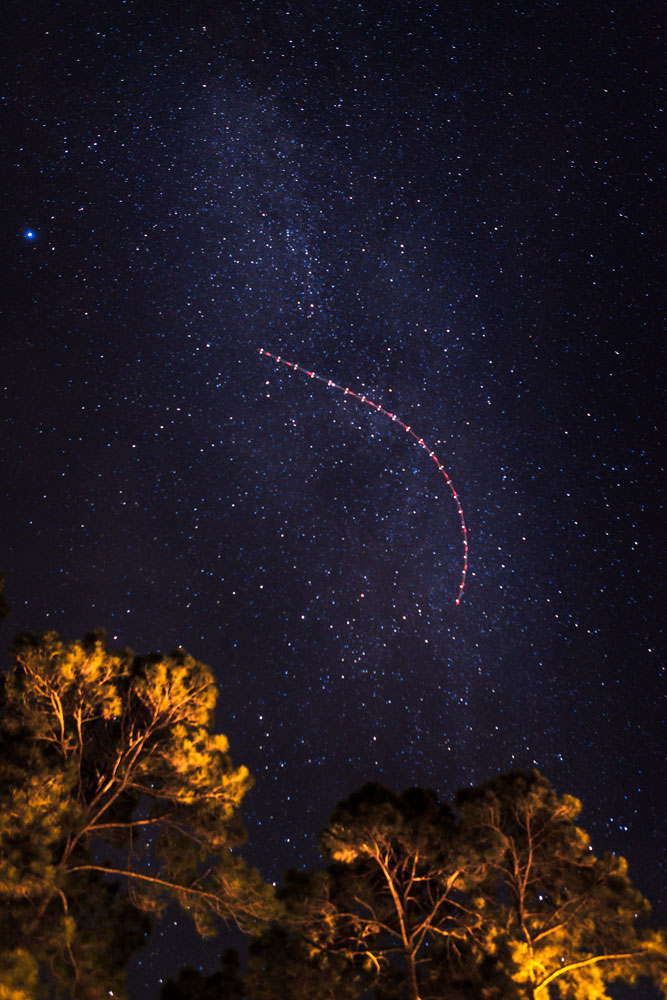
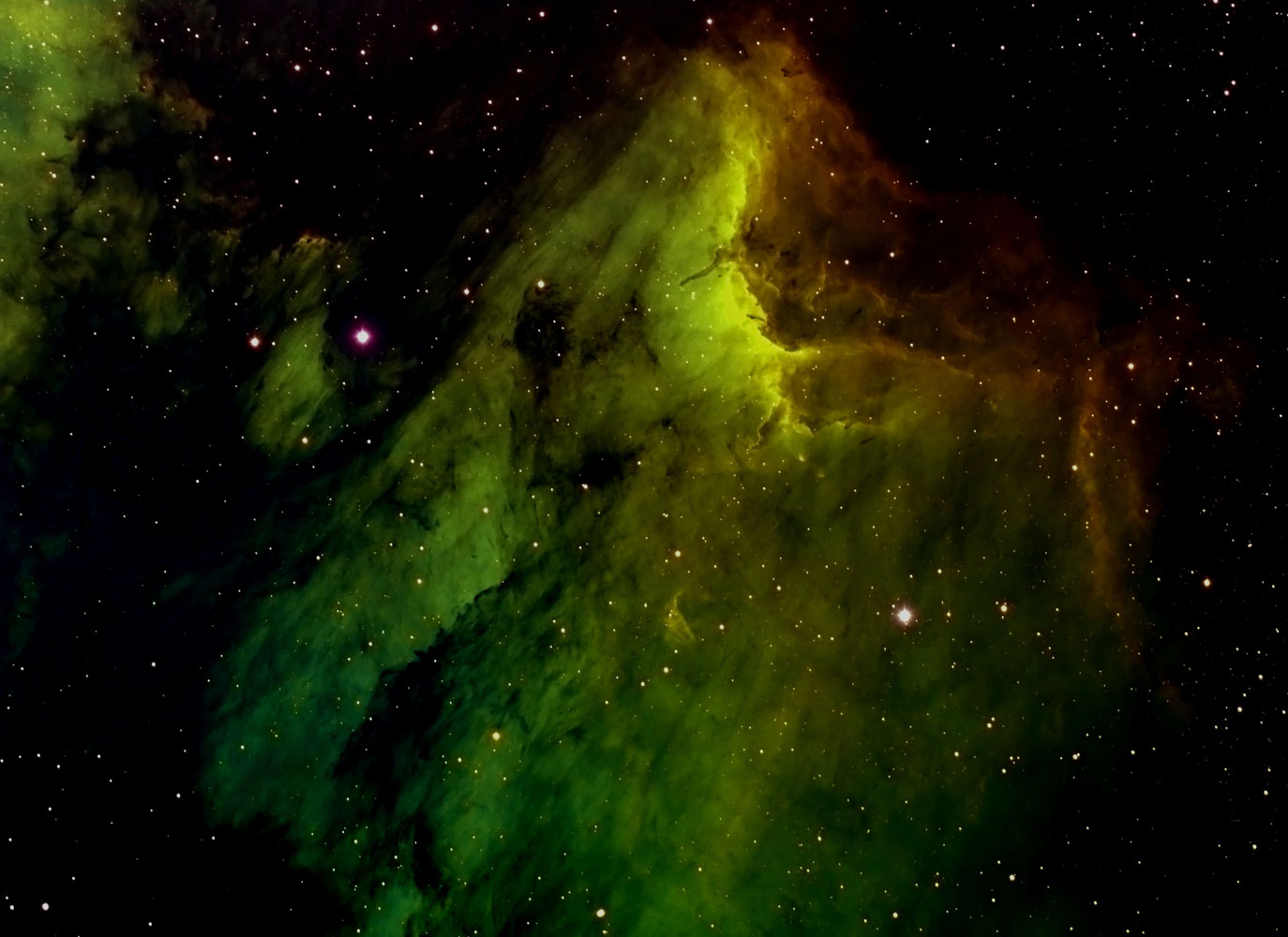
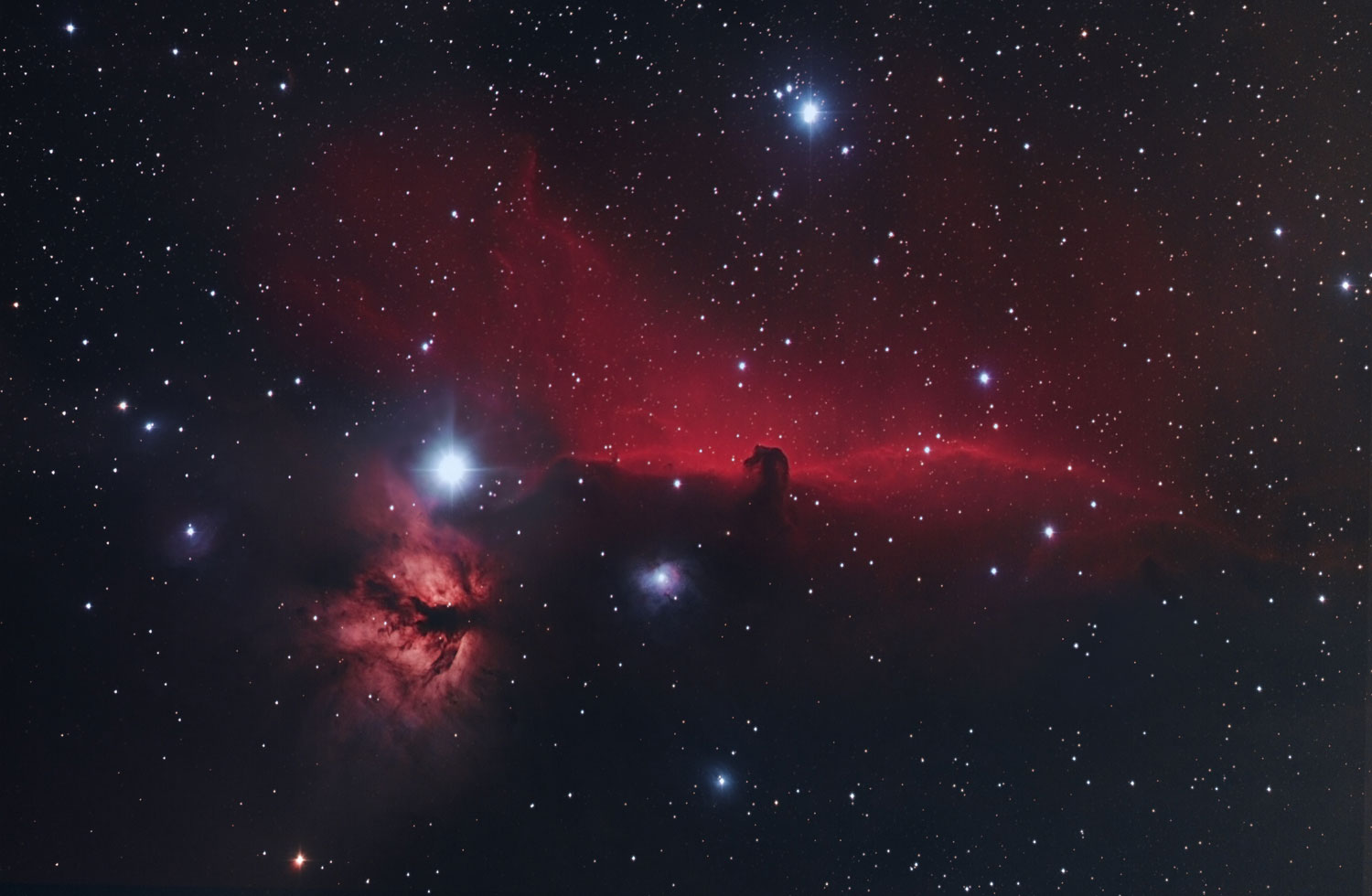

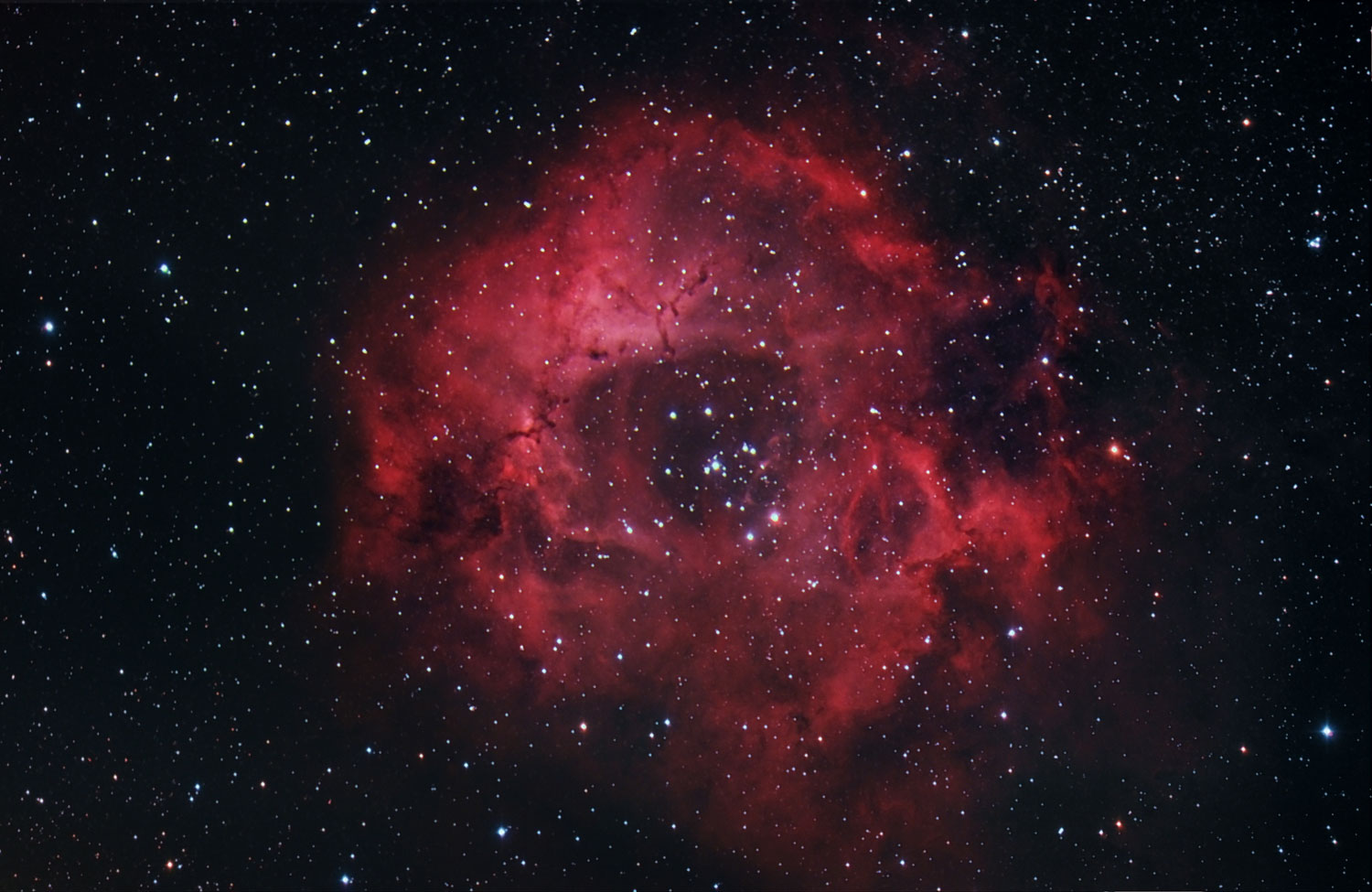

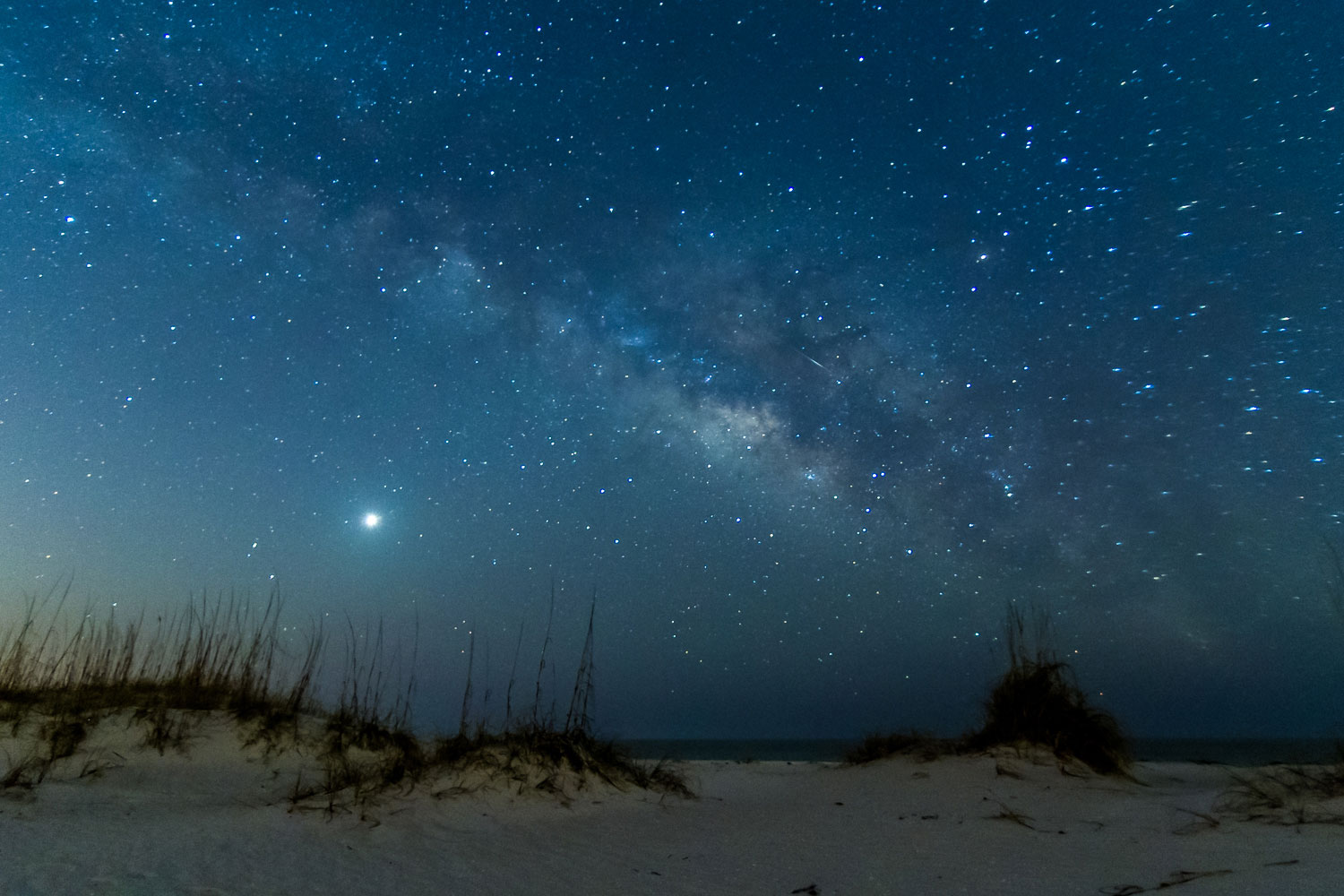
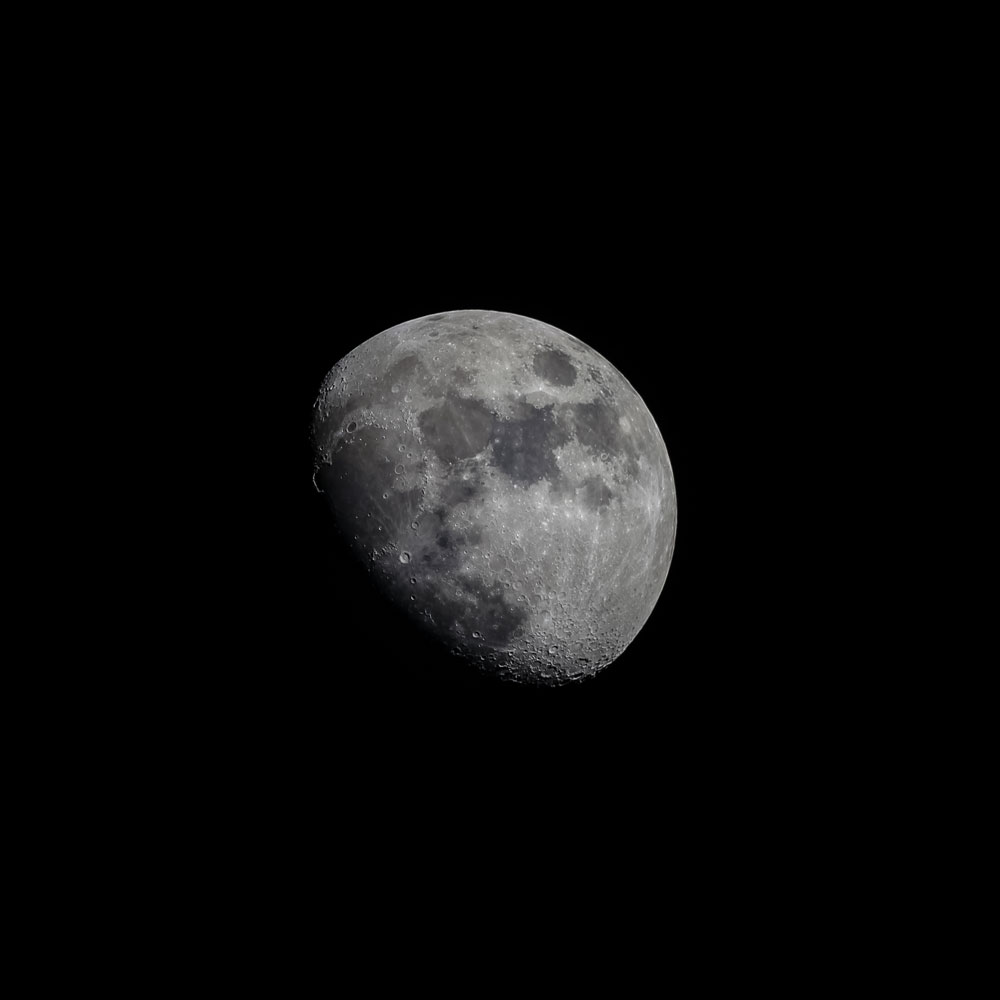
More Must-Reads from TIME
- Why Biden Dropped Out
- Ukraine’s Plan to Survive Trump
- The Rise of a New Kind of Parenting Guru
- The Chaos and Commotion of the RNC in Photos
- Why We All Have a Stake in Twisters’ Success
- 8 Eating Habits That Actually Improve Your Sleep
- Welcome to the Noah Lyles Olympics
- Get Our Paris Olympics Newsletter in Your Inbox
Contact us at letters@time.com